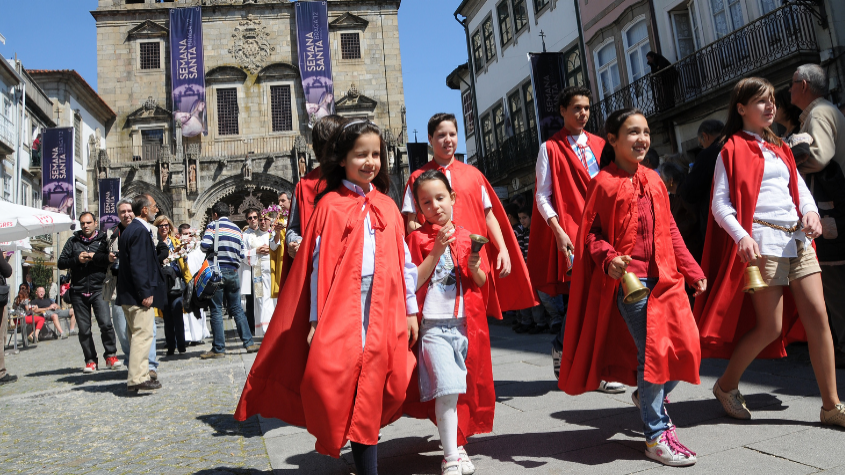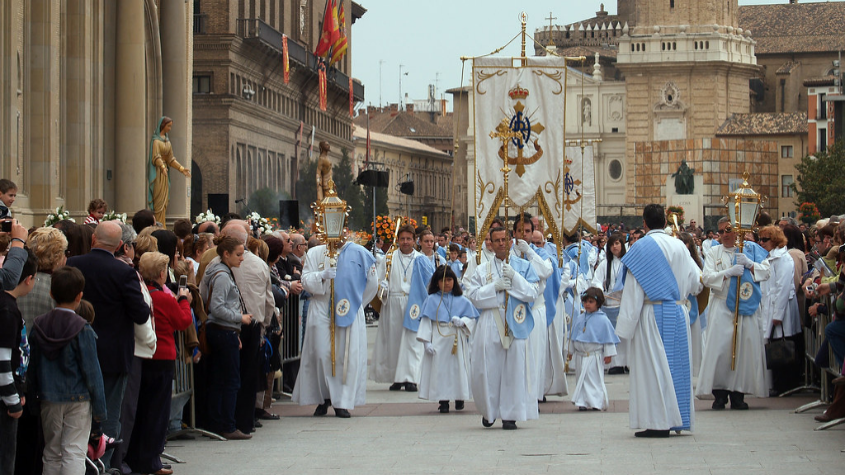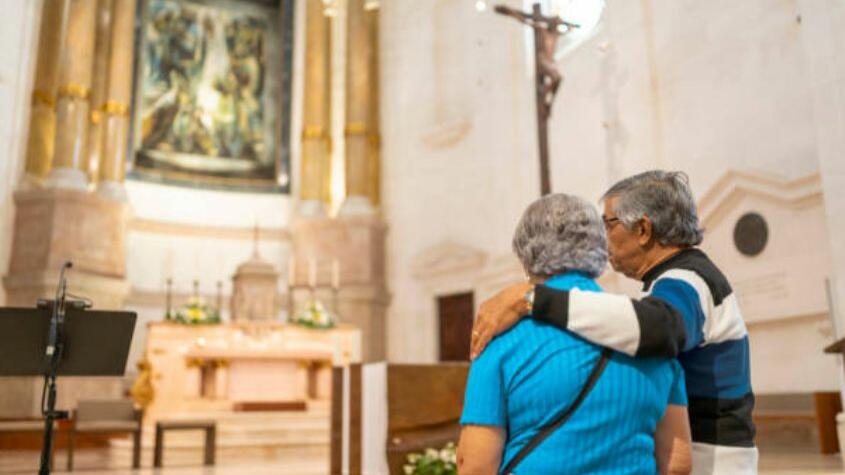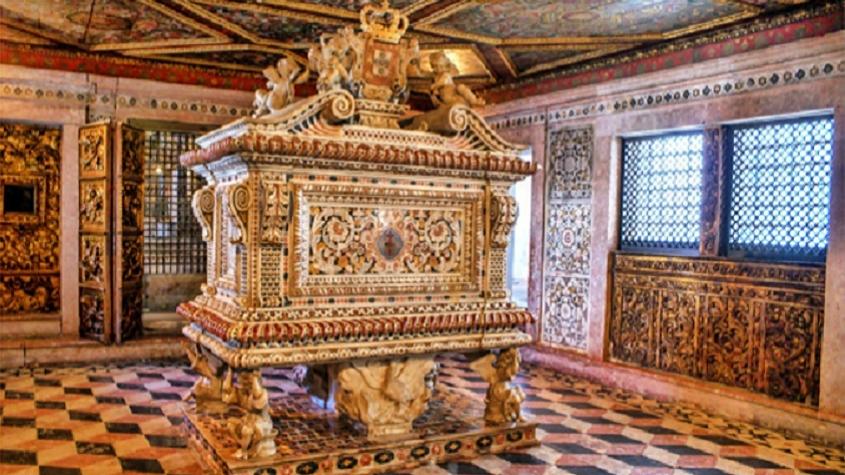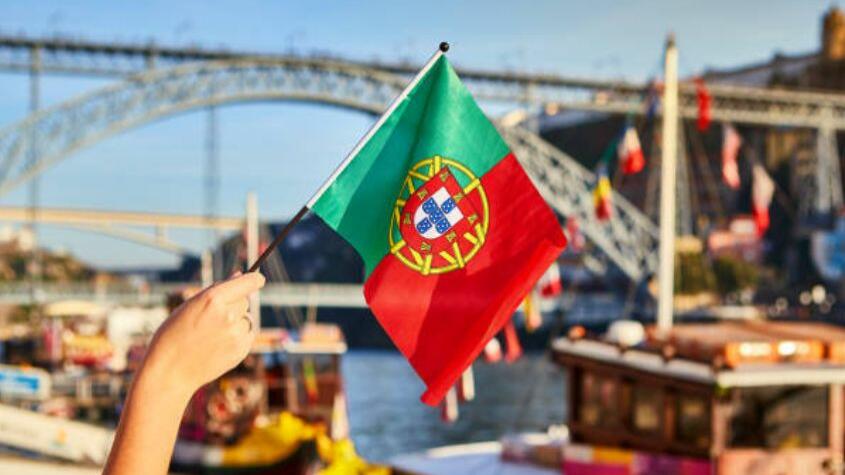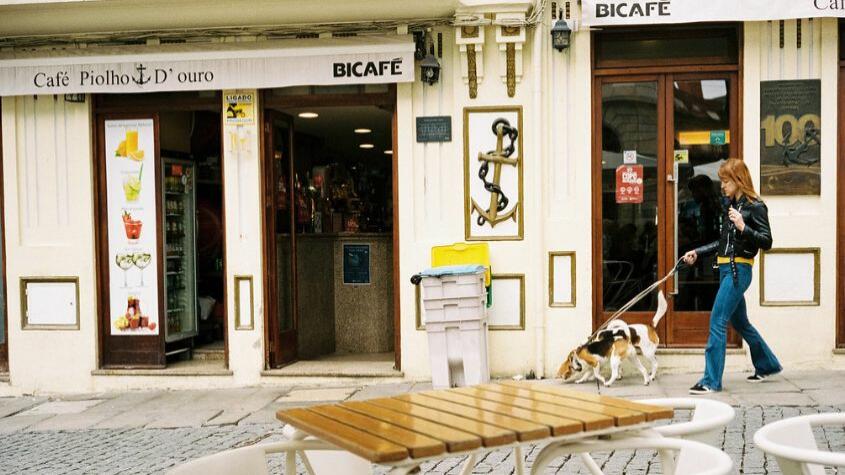
Tales & Traditions - Historic Cafes of Porto - Piolho Coffee
Tales & Traditions - Historic Cafes of Porto
by Nuno Mendes, Living Tours Guide
Café Âncora d'Ouro
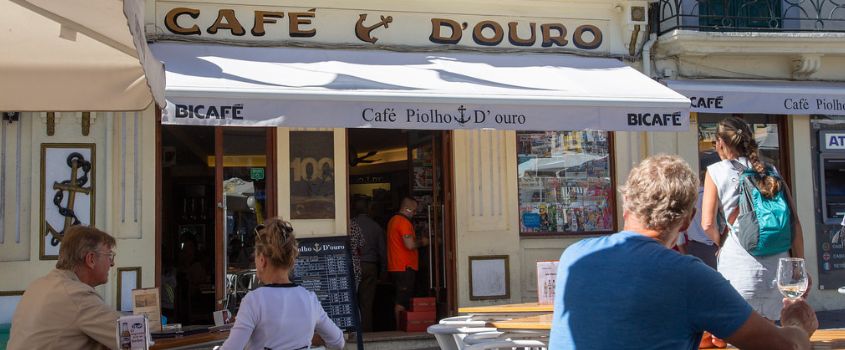
Subject to a sharp depreciation of its social, anthropological, historical and memorial value, to the transformations undergone over time and to the closing pressures that many were targeted and some did not resist, the Historic Cafes of Porto, since the middle of the first half of the year. nineteenth century - when they began to appear in this city - that delight the Portuguese, Porto and tourists, because they were and still are today, places of escape from the hustle and bustle of daily life, conviviality, social gatherings and, for many, for work - knowing that many of these cafes have passed, over the 19th and 20th centuries, some of the most illustrious personalities from Porto in the field of arts and letters.
Opened in 1883, at Praça de Parada Leitão, specifically, at Rua Latino Coelho, facing the west facade of the building of the Polytechnic Academy of Porto, Café Âncora d'Ouro is one of the most interesting and important historical cafés in the city.
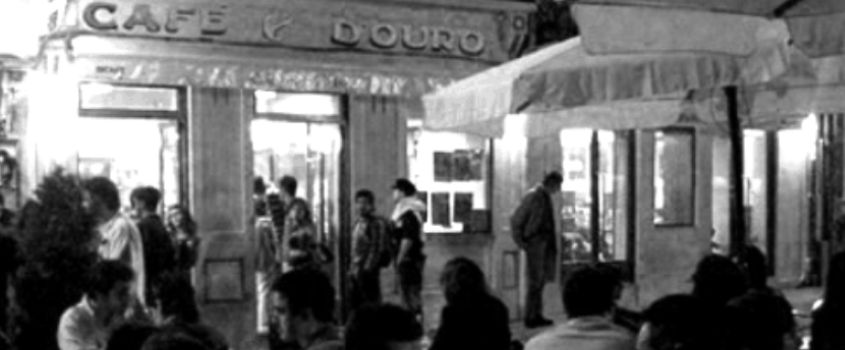
Although the owners of this cafe's foundation are unknown, we know, however, that in 1909, the establishment was handed over to Francisco José de Lima, a former waiter at the now defunct Café Martinho. It subsequently remained in the possession of the Reis Lima family, more specifically, that of Francisco Lima's son. In 1979, José Martins, José Pires and Edgar Gonçalves, took possession of the establishment, remaining its owners until today.
One of the most interesting aspects of this cafe is related to the terminology for which it is known, Louse. Naturally, its official name is Âncora d'Ouro, however, the epithet of Piolho that is given to this coffee is justified by two very curious theories: the first concerns the prolific agglomeration of university students who have always been concentrating on the interior space of such reduced dimensions of this establishment. The second is described to us in the magazine Alumni U.Porto 2009, informing us that “the lice that gave the house its name were, in fact, the small ray that flowed into the cafe just in the morning. […] Dairy, bakers and butchers came with an aluminum mug to drink coffee with milk there ”. Perhaps for this reason the students started to call that space a louse.
Other important aspects relate to the fact that this cafe was the first in Porto to have electricity, a technological novelty that it proudly displayed in a set of twelve lamps around a column in the middle of the room and that are still there today. This establishment was also the first in the city to acquire the famous La Cimbali machine, which gave its name to the cimbalino, for which espresso is known in the city of Porto.
We must also not forget that these types of spaces were often used as the first place to outline conspiracies, liberal rivalries, so characteristic of the century of eight hundred Porto. In this sense, there were several quezílias that sometimes developed inside and ended up in a real beating. In one of these quarries, we remember one, among many ephemeris that occurred in the late 19th century on the site. The police on horseback had been called in to resolve a situation of friction between the various students and liberals who were there. However, the decision of the police authority was not really the most prudent, since it decided to enter the establishment at full speed. As the ceiling height of this building is very low, what happened was that the officer of the authority was projected against a wall and only the horse entered the cafe, causing the chaos that we can imagine.
Café Âncora d’Ouro has always stood out as the establishment of choice for students at the University of Porto, a reality that remains today. It is curious to realize that its dispersion inside the establishment was never random. Depending on the course and level of study achieved, the spaces they normally occupied were very specific. In the same magazine Alumni U.Porto of 2009 we can read between pages 14 and 17 that “the professors of Science were at the entrance and a little more in the middle. Engineering and economics students sat next to the mirror, opposite the entrance. And the medical ones in the corner, next to the wall and the kiosk. But there were also those in Pharmacy, who came from a little further away (Cedofeita), and, a while later, those in Literature and those in Biomedics also became habitués ".
However, student attendance was not exclusive. The former rector of the University of Porto, Ruy Luís Gomes, the poet Manuel António Pina, the historian and politician José Pacheco Pereira, deputies Alberto Martins and Strech Monteiro and linguist Óscar Lopes also strolled here. Nowadays, the poet Jorge Sousa Braga, the actor António Capelo, the writer Carlos Tê, the singer Rui Reininho and many others pass by periodically.
All of these aspects naturally contribute to making this one of the oldest, historical, symbolic and charismatic coffees of the invicta, part of the rich memories of the city of Porto.
Discover this and other legends on the Porto city tour with Living Tours.
Did you like it?
Average votes: 4.44 of 5
Go Back to the Blog







